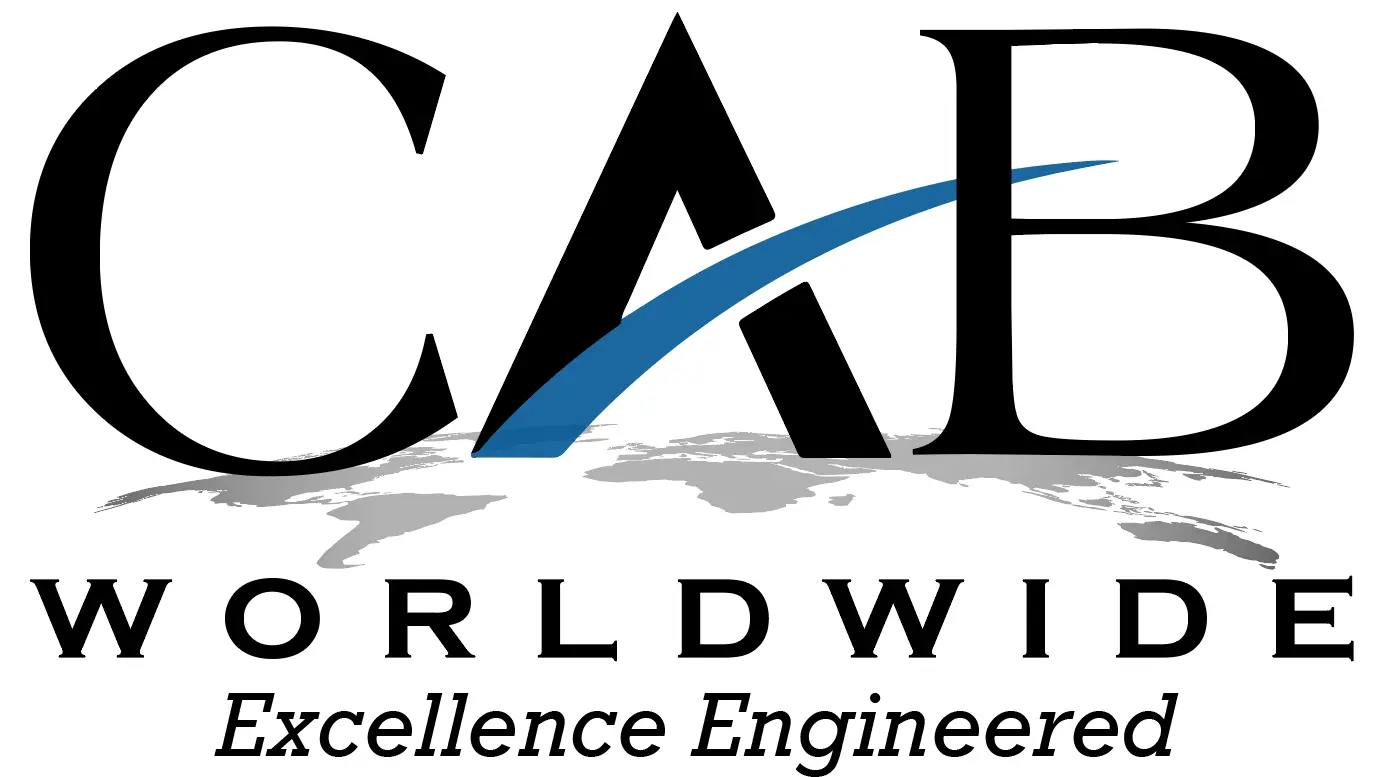Selecting the Right Forklift for Your Needs
Forklifts are among the most common equipment you’ll find at manufacturing shops, distribution centers, retail centers, and more. Any place that regularly needs to move heavy, difficult to lift materials will often have at least one forklift on hand to assist in the process. But with so many different uses, it’s crucial to find the right type of forklift for your needs.
Know Your Surroundings
The first step to picking a forklift is taking a look at where it will be operated, and what type of load it will be transporting. Forklifts come in a range of sizes, with different types of wheels and other materials depending on the environment it will be used in. So take a look around, figure out what materials need to be moved where, and the type of location the forklift will be primarily operated in.
Lift Height and Load Capacity
While each of these factors can easily be listed separately, it’s important to consider them together to ensure safe operation of a forklift. Any time the mast is raised, and especially if it’s carrying a load, it’s critical to know how much weight can safely be carried and the optimal speed at which the machinery must move to prevent tipping. If you regularly need to move products to or from very high points, you’ll obviously be looking for a forklift that can meet those height requirements. But always take into account the maximum load that may be required, even if your typical needs are not that heavy. You never know when you might need to move an unusually heavy pallet, and using a lift that is not built to carry such weight is extremely dangerous.
Ideal Power Source
Choosing an electric, gas powered, or diesel powered forklift is a big decision. Again, this depends a lot upon the environment in which it will be operated. While a diesel powered unit is very powerful and reliable, and quite affordable to maintain, they require a large open area with plenty of ventilation to keep workers safe and the area clean. There must also be adequate space to store excess fuel, or access to a nearby filling station.
Similarly, gas powered forklifts are relatively easy and cheap to maintain, but again require adequate storage for fuel and ventilation for the unavoidable emissions.
Electric forklifts are touted for their clean-running abilities and low amount of noise. They are ideal for small indoor spaces, however they do have higher operating costs and will take much longer to charge the battery than it would take to fill a gas tank. They are also ill-suited for any outdoor work applications.
Rent or Buy
Duration of need and available funds will often be the deciding factors in choosing to buy or rent a forklift. If you’re moving heavy items while setting up a new business, or are involved in a temporary construction project, the obvious choice is to rent the equipment you need. Purchasing a forklift is a major investment, but if it will be used on a regular basis and is necessary for the daily functioning of your operation, it will eventually pay for itself. Just remember, once you own it, you’ll still need to consider the recurring costs of power/fuel, regular maintenance, and any other related expenses down the road. If you’re new to using a forklift, you may want to rent your preferred model first to make sure it really does meet all of your requirements. If it does, you can always buy that model at a later date.
CAB Worldwide is a certified Women’s Business Enterprise with more than 35 years of experience in pipe flanges, industrial castings, and forgings. We work closely with many forklift manufacturers, in addition to using specialty forklifts in our own business. To learn more about our company and capabilities, please feel free to visit us online or call 1-800-241-7311.
